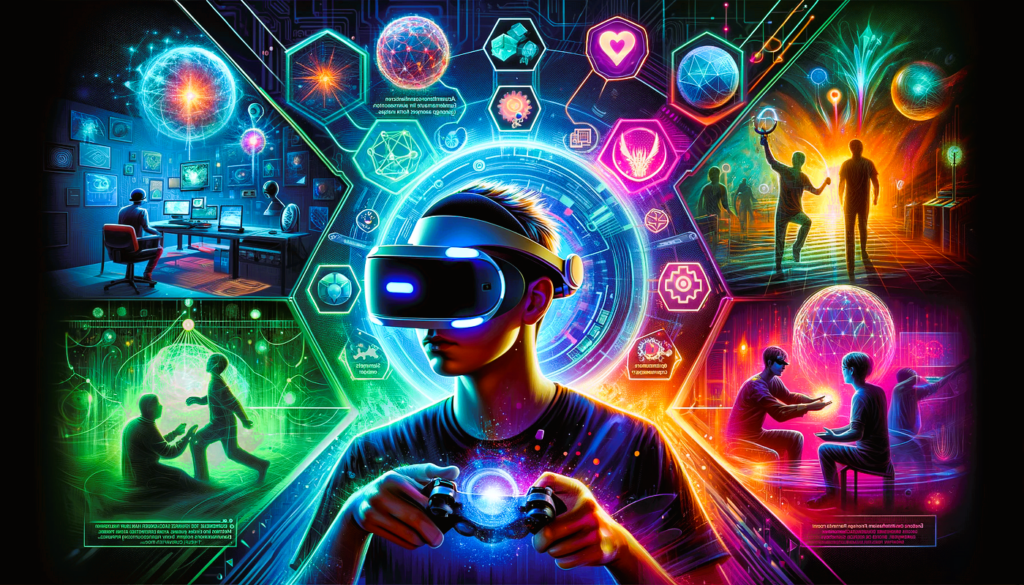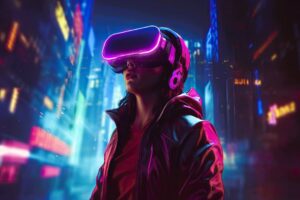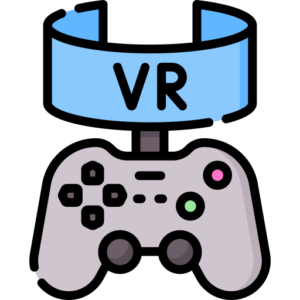Virtual Reality (VR) game development is a dynamic and creative process that involves transforming abstract concepts into immersive and interactive experiences. From the initial idea phase to the final product, VR game developers navigate a complex journey filled with challenges, innovations, and moments of inspiration. In this article, we’ll explore the journey from concept to reality in VR game development, highlighting the key stages and considerations along the way.
Conceptualization and Ideation
The first stage in VR game development is conceptualization and ideation, where developers brainstorm ideas and concepts for their game. This stage involves exploring themes, mechanics, and narrative elements that will form the foundation of the game. Developers draw inspiration from various sources, including books, movies, art, and real-world experiences, to craft a unique and compelling vision for their game.
Prototyping and Proof of Concept
Once the initial concept is established, developers move on to the prototyping stage, where they create a proof of concept to test their ideas and mechanics. Prototyping allows developers to experiment with different gameplay mechanics, user interfaces, and visual styles to see what works and what doesn’t. This stage often involves rapid iteration and refinement as developers iterate on their ideas based on feedback and testing.
Design and Development
With the proof of concept in place, developers begin the design and development phase, where they flesh out the details of the game and bring it to life. This stage involves creating 3D models, designing levels, writing code, and implementing gameplay mechanics. Developers work closely with artists, designers, and programmers to ensure that every aspect of the game is polished and cohesive.
Testing and Iteration
Testing and iteration are critical stages in VR game development, where developers gather feedback from playtesters and make adjustments to improve the game. This stage involves identifying bugs, balancing gameplay, and refining mechanics based on player feedback. Developers may also conduct usability testing to ensure that the game is intuitive and accessible to players of all skill levels.
Optimization and Performance

Optimization and performance are key considerations in VR game development, as VR places heavy demands on hardware. Developers optimize the game to run smoothly and efficiently on a variety of VR platforms, including high-end PC VR headsets and standalone devices. This stage involves optimizing graphics, reducing load times, and minimizing latency to ensure a smooth and immersive experience for players. Did you like the article? Read also about the social aspect of VR games.
Polish and Finalization
As the development process nears completion, developers focus on polishing the game and adding final touches to enhance the overall experience. This stage involves fine-tuning gameplay, adding sound effects and music, and optimizing performance for release. Developers also conduct final testing to ensure that the game is bug-free and ready for launch.
Release and Post-Launch Support
Once the game is ready, developers release it to the public and provide ongoing support and updates to maintain and improve the game over time. This stage involves monitoring player feedback, addressing issues as they arise, and adding new content and features to keep players engaged. Developers may also collaborate with the community to gather ideas and suggestions for future updates.
Bringing ideas to life in VR game development is a challenging and rewarding journey that requires creativity, collaboration, and dedication. From the initial concept phase to the final release, developers navigate a complex process filled with twists and turns. By embracing the iterative nature of game development and staying true to their vision, developers can create immersive and memorable experiences that captivate players around the world.
For more information on VR game development, visit IGN.


